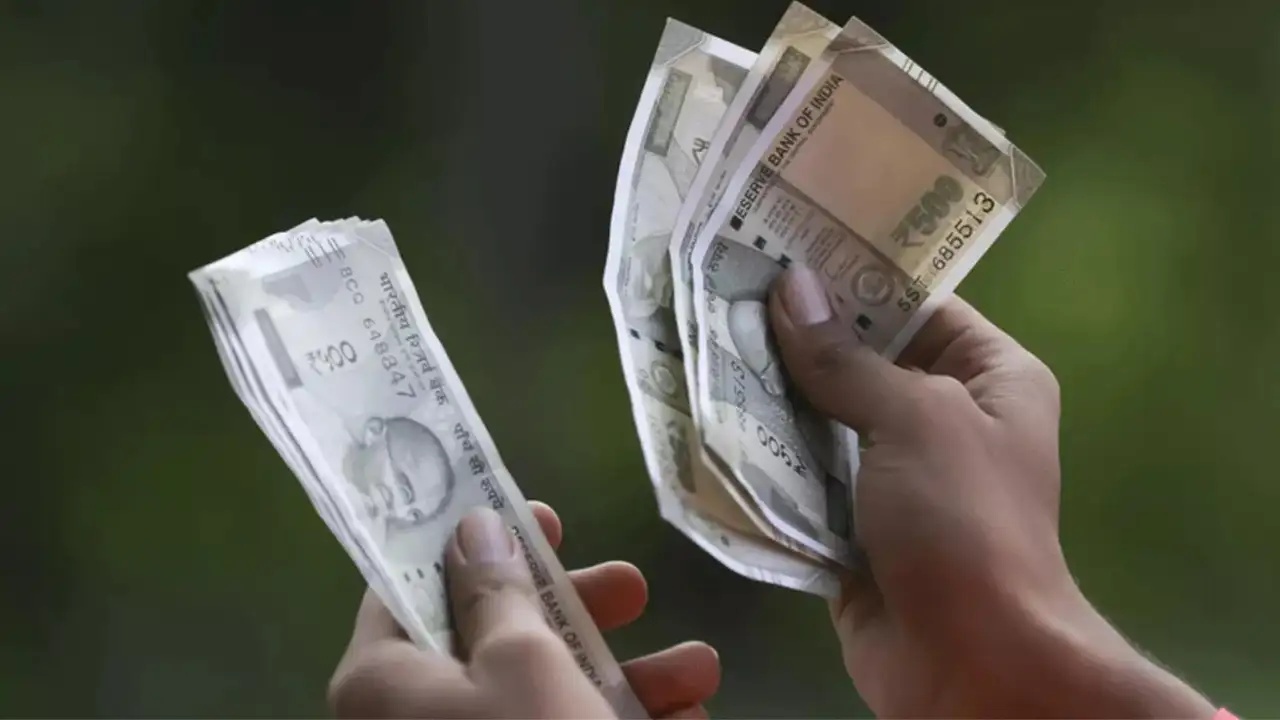
State Government Employees Benefit from DA Hike in Uttar Pradesh
The Uttar Pradesh government, led by Chief Minister Yogi Adityanath, has approved a 2% increase in the Dearness Allowance (DA) for state government employees, effective January 1, 2025. This adjustment will raise the DA rate from 53% to 55%, impacting approximately 16 lakh employees across the state. Adityanath emphasized that safeguarding the welfare of public sector workers remains a top priority for the administration. The decision was announced via a social media post, where the CM praised the affected employees for their dedication to public service. This move aligns with broader efforts to mitigate the effects of inflation on government salaries, ensuring employees maintain purchasing power amid rising living costs.
Central Government DA Increase Approved by Union Cabinet
On March 28, the Union Cabinet, chaired by Prime Minister Narendra Modi, approved a 2% DA hike for Central Government employees and Dearness Relief (DR) for pensioners, effective from January 1, 2025. This adjustment will increase the DA rate from 53% to 55%, benefiting around 48.66 lakh employees and 66.55 lakh pensioners. The decision was highlighted during a press conference by Information and Broadcasting Minister Ashwini Vaishnaw, who noted that the change follows the seventh Central Pay Commission’s recommendations. The financial impact of this increase is estimated at Rs. 6,614.04 crore annually, reflecting the government’s commitment to balancing fiscal responsibility with employee welfare.
Assam Joins DA Adjustment Trend for State Workers
Following Uttar Pradesh and the Central Government’s DA hikes, Assam Chief Minister Himanta Biswa Sarma announced a similar 2% increase for state employees and pensioners, effective January 1, 2025. This decision underscores a nationwide trend of addressing inflationary pressures on public sector compensation. The move is expected to provide relief to thousands of government workers in Assam, ensuring their financial stability amid rising commodity prices. Such adjustments are often tied to periodic reviews of cost-of-living indices, with states and the Centre coordinating to maintain competitive salary structures while managing public finances.
Broader Implications for Public Sector Compensation
The DA increases in Uttar Pradesh, the Central Government, and Assam highlight the growing emphasis on adjusting public sector salaries to reflect inflationary trends. These changes are part of a larger effort to preserve the standard of living for government employees, who often face challenges in maintaining their purchasing power amid economic fluctuations. The seventh Central Pay Commission’s formula, which guides these adjustments, aims to balance the needs of workers with fiscal constraints. As more states follow suit, the trend reflects a strategic approach to maintaining public sector morale while ensuring sustainable financial planning at both state and national levels.
Regional Variations and Future Outlook
While Uttar Pradesh, the Central Government, and Assam have taken steps to enhance DA for their workers, regional disparities in compensation remain a topic of discussion. States like Bihar, Gujarat, and Rajasthan are reportedly considering similar measures, though timelines and exact percentages are yet to be finalized. Analysts suggest that the DA adjustments will likely continue as a periodic feature of public sector wage policies, with states and the Centre closely monitoring inflation data to determine appropriate revisions. This approach ensures that government employees are adequately compensated for rising living costs while maintaining fiscal discipline in public spending.



